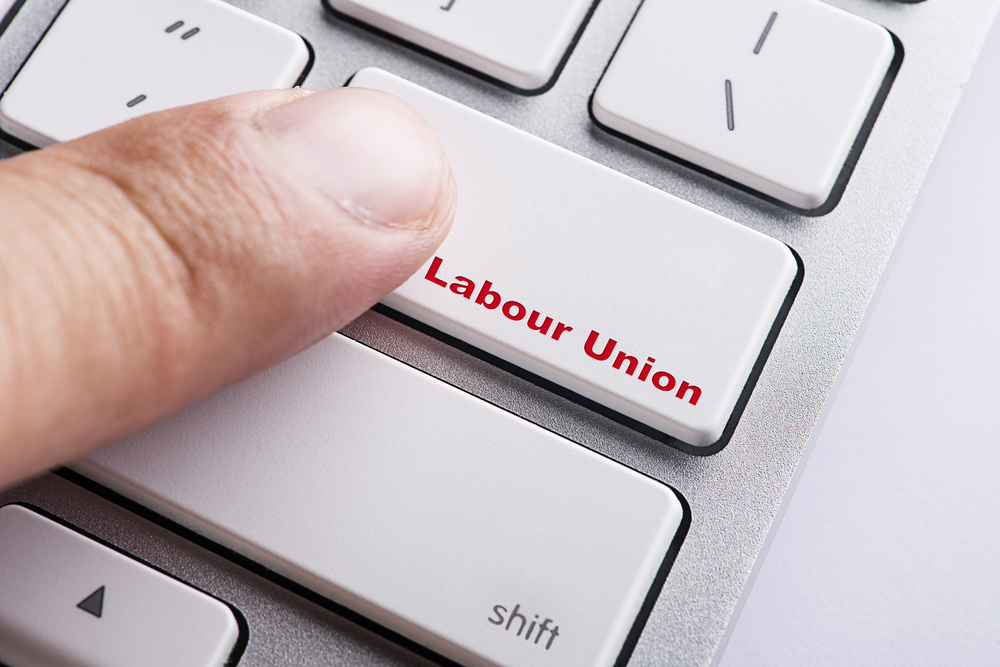Gauging the Need for U.K. Trade Union Rule Changes

Please note that we are not authorised to provide any investment advice. The content on this page is for information purposes only.
The Conservative government is introducing a bill that will restrict the right of trade unions to organise and take industrial action in the UK. It has been criticised by union leaders and politicians across the political spectrum. Here is why.
The proposals are a response to a number of public sector strikes in recent years, particularly where workers taking industrial action affect third parties (who have no association with the dispute). This, for example, could include the travelling public in the case of rail strikes, or parents when teachers walk out of schools.
The Conservative government is introducing a bill that will restrict the right of trade unions to organise and take industrial action in the UK. It has been criticised by union leaders and politicians across the political spectrum. Here is why.
The proposals are a response to a number of public sector strikes in recent years, particularly where workers taking industrial action affect third parties (who have no association with the dispute). This, for example, could include the travelling public in the case of rail strikes, or parents when teachers walk out of schools.
Here is what the proposed changes will do.
Minimum turnout
Increase the minimum turnout for strike ballots to 50% of union members. For strikes that will affect essential public services (including health, transport, fire services and schools), the strike will also need the backing of 40% of eligible union members. Currently a strike is valid if it achieves a simple majority of those voting. The government’s business secretary, Sajid Javid, has acknowledged, “by increasing the thresholds it will certainly increase the hurdles that need to be crossed” and so make it much more difficult for unions to strike.
Picketing restrictions
Introduce new restrictions on picketing and make it a criminal (rather than civil) offence if picketers do not conform to the new rules and regulations. This would make strikes less effective and make arresting picketers an option if they fall foul of legislation.
Strike notice
Force unions to double the amount of notice they give before holding a strike – from one week to two. They must reveal their plans for picketing and protests, which could include the timing of action, location, the number of participants involved, and what kind of equipment they will use such as loudspeakers and banners. If unions do not report their plans then they may face significant fines.
Replacement workers
Give employers the right to hire agency workers to replace striking staff. The shift to a 14-day notice period will aid this change and is one of the most controversial aspects of the proposed legislation. Hiring replacement staff for strikers have been unlawful since 1973 and if used is more likely to inflame an industrial dispute rather than resolve it.
Strike mandates
Compel unions to renew strike mandates every four months, whereas at present, provided a strike comes within four weeks of the ballot later continuous action can take place. The proposals will require re-balloting frequently in a long-running dispute.
Opting in
Require all unions to ask members whether they wish to opt into the political levy for membership and then repeat the question every five years. This would deplete a union’s political fund and inhibit its ability to campaign on a range of political issues.
Are the changes warranted?
Trade unions in the UK are a far cry from the powerful institutions they were in the 1970s. Back then, unions had the power to mobilise their members and hold governments and employers to account. In 1970, voluntary collective bargaining agreements covered around 70% of all workers in the UK and negotiations occurred for workers’ wages and terms of condition. Union membership peaked in 1980 to just over 13.5m, but since then membership has declined dramatically to around 26% of the UK’s workforce – about 6m workers.
Until the early 1980s, the state, employers, and unions accepted that a voluntary industrial relations system best served both workers and industry where the parties negotiated to maintain industrial peace. Of course, this did not always work and negotiations broke down, which sometimes resulted in strike action – but not as often as is often portrayed.
If strike figures are consulted for the past 100 years, it is clear that, apart from a few periods in the early 20th century (including the General Strike of 1926), and the 1970s, there has generally been more industrial peace than industrial unrest.
Explainer: what’s up for debate in the Trade Union Bill? is republished with permission from The Conversation





